Ghost in the Shell
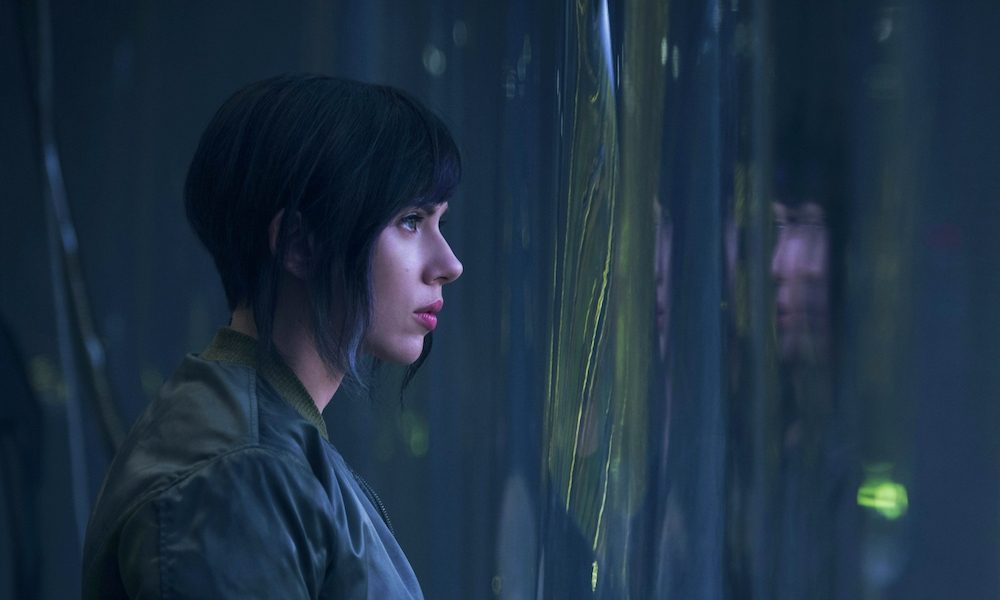
How much you get out of Ghost in the Shell will depend on how much you invest in it. Is it as good as Masamune Shirow’s manga or Mamoru Oshii’s anime? Of course not. Does it overcome its much-criticised racial politics? Not quite. But if you get past the fact that this is an outrageously corporate product, a studio tentpole designed to sell in America, Asia, Europe, and the rest of the known universe, there’s a lot to enjoy: a veritable feast for the senses, if not the intellect.
Scarlett Johansson stars as the Major, a human whose brain is recovered from a fatal accident and placed in a synthetic, computerised body. She is snatched from the hands of her idealistic creator Dr Ouelet (Juliette Binoche) and enlisted in Section 9, a police force dedicated to stopping the world’s most dangerous criminals. Along with her cyber-eyed colleague Batou (Pilou Asbaek), and under the command of stoic badass Aramaki (the legendary Takeshi “Beat” Kitano, who only talks in Japanese), she finds herself pursuing a dangerous cyber-terrorist, capable of hacking into the bodies of those with cybernetic enhancements. Yet the Major faces a personal crisis as well, when she encounters glitches in her “shell” – visions that lead back to her mysterious past.
Ghost in the Shell suffers from the usual problems. The expositional dialogue is largely awful, with characters repeatedly explaining the meaning of the title to each other in between humourless banter and half-baked philosophical observations. Some actors get lost in the narrative (poor Juliette Binoche), which itself is unwieldy – more streamlined, maybe, than the anime, but lacking its fascinating rough edges.
All of this is forgotten, though, when the film makes the most of its cyberpunk setting and indulges in its seductive artifice. The opening shootout – which sees the Major take on a band of spiderous Geisha robots – is astonishing, not only in its depiction of one of the most visually stunning cityscapes this side of Blade Runner, but in its cool, glossy framing of action, and the clever blurring between human and artificial bodies. A trick Ghost in the Shell repeatedly pulls – one that is unique to its live-action translation – is showing a person, then revealing them to be a cyborg, such as when a lab technician casually removes half her face. After all, in a movie, the only difference between the real and the imagined is what we find convincing – something that plays nicely with the thematic overtures of identity.
If you can overcome the issue of “whitewashing” Japanese material by filling it with Western actors – which is addressed somewhat, though perhaps not enough – then the best choice the film makes is with its lead actress. Scarlett Johansson solidifies her status as the queen of sci-fi, and while her work here is closer to Lucy than Under the Skin, she continues to be a fascinating star presence, digging past her beauty in search of something human. If Rupert Sanders’s adaptation fails to evoke the melancholy power of past incarnations, then it just about makes up for it in genuine surface pleasures.
Sam Gray
Ghost in the Shell is released nationwide on 30th March 2017.
Watch the trailer for Ghost in the Shell here:

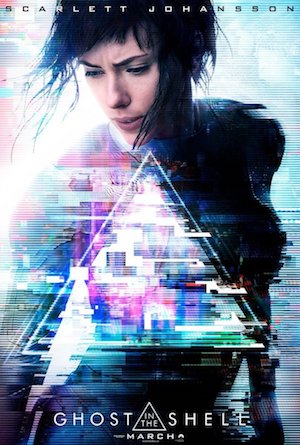
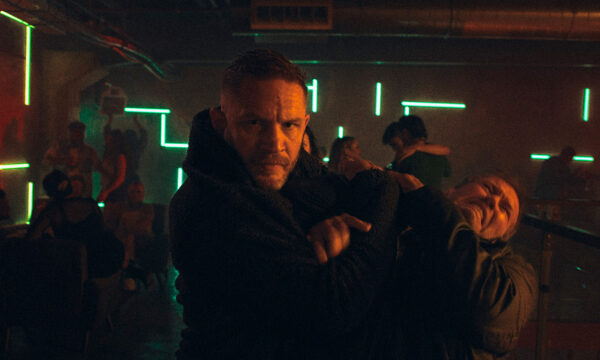
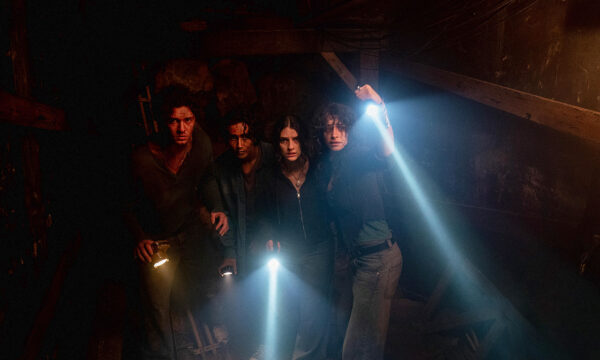
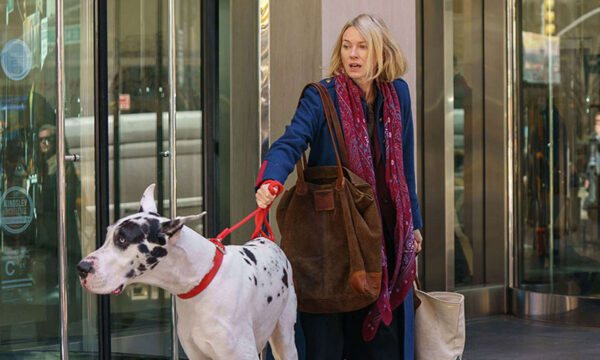

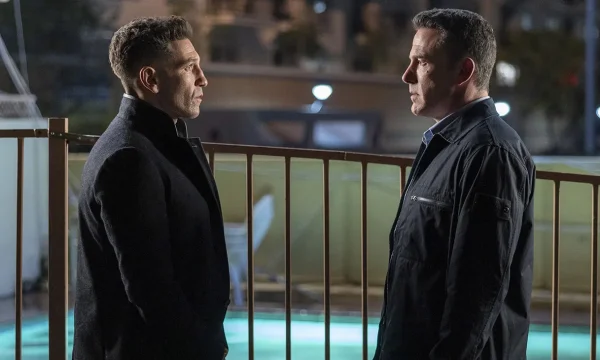
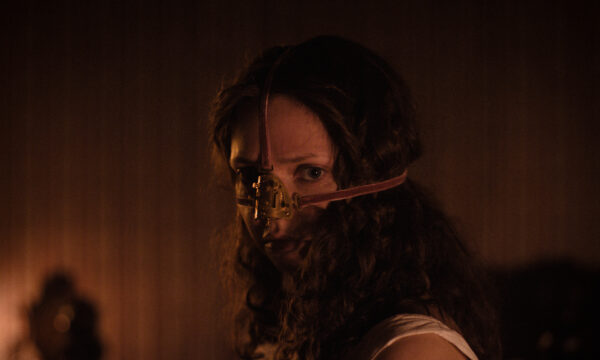
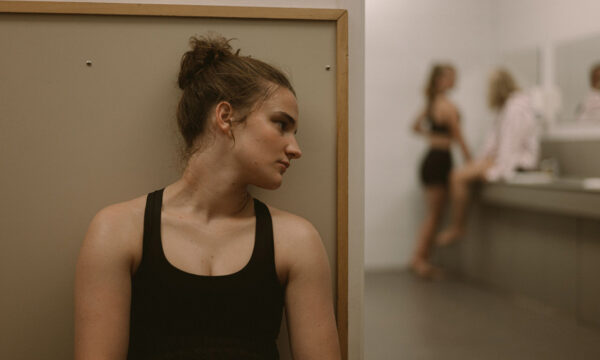

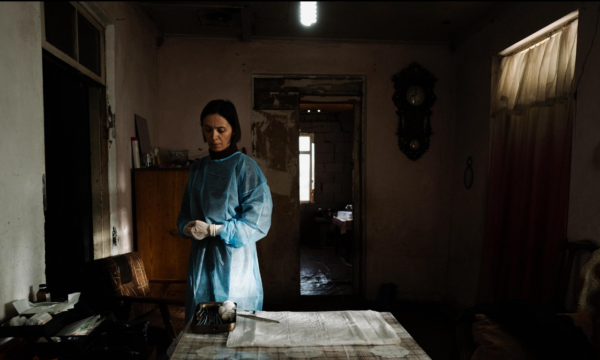













Facebook
Twitter
Instagram
YouTube
RSS